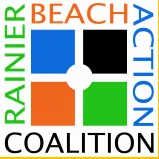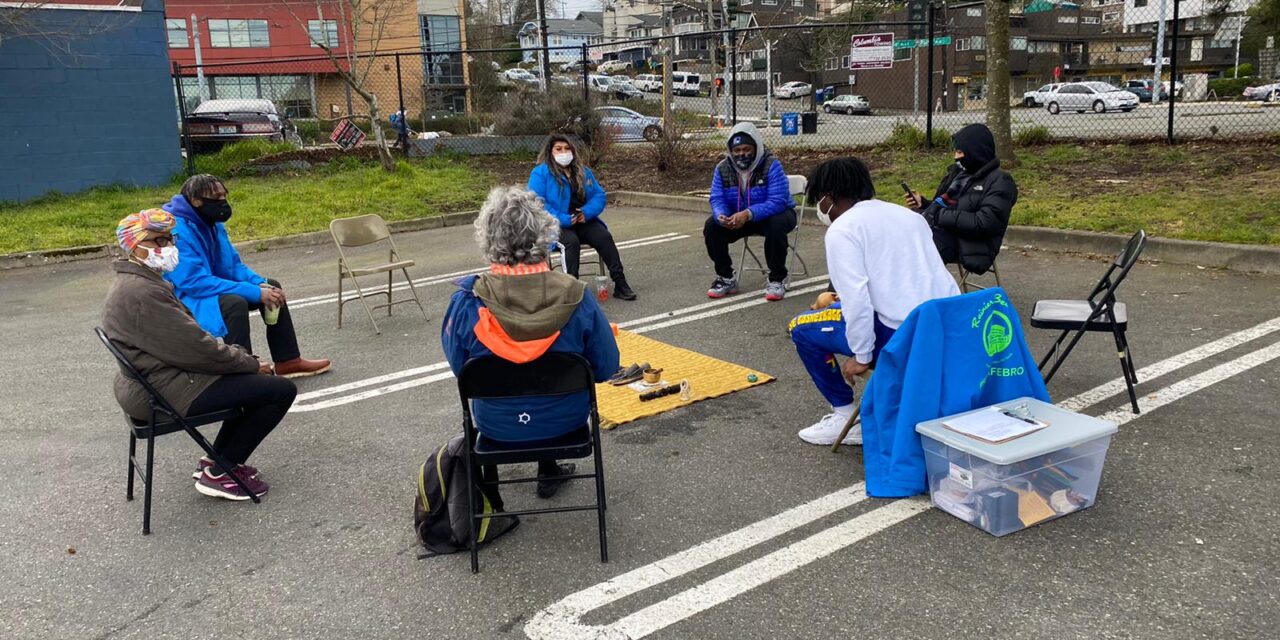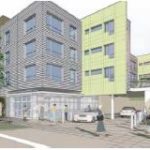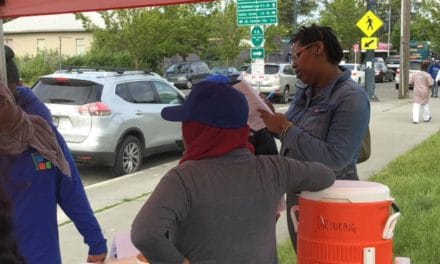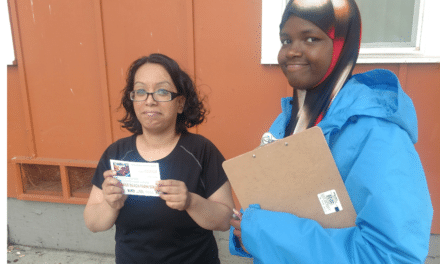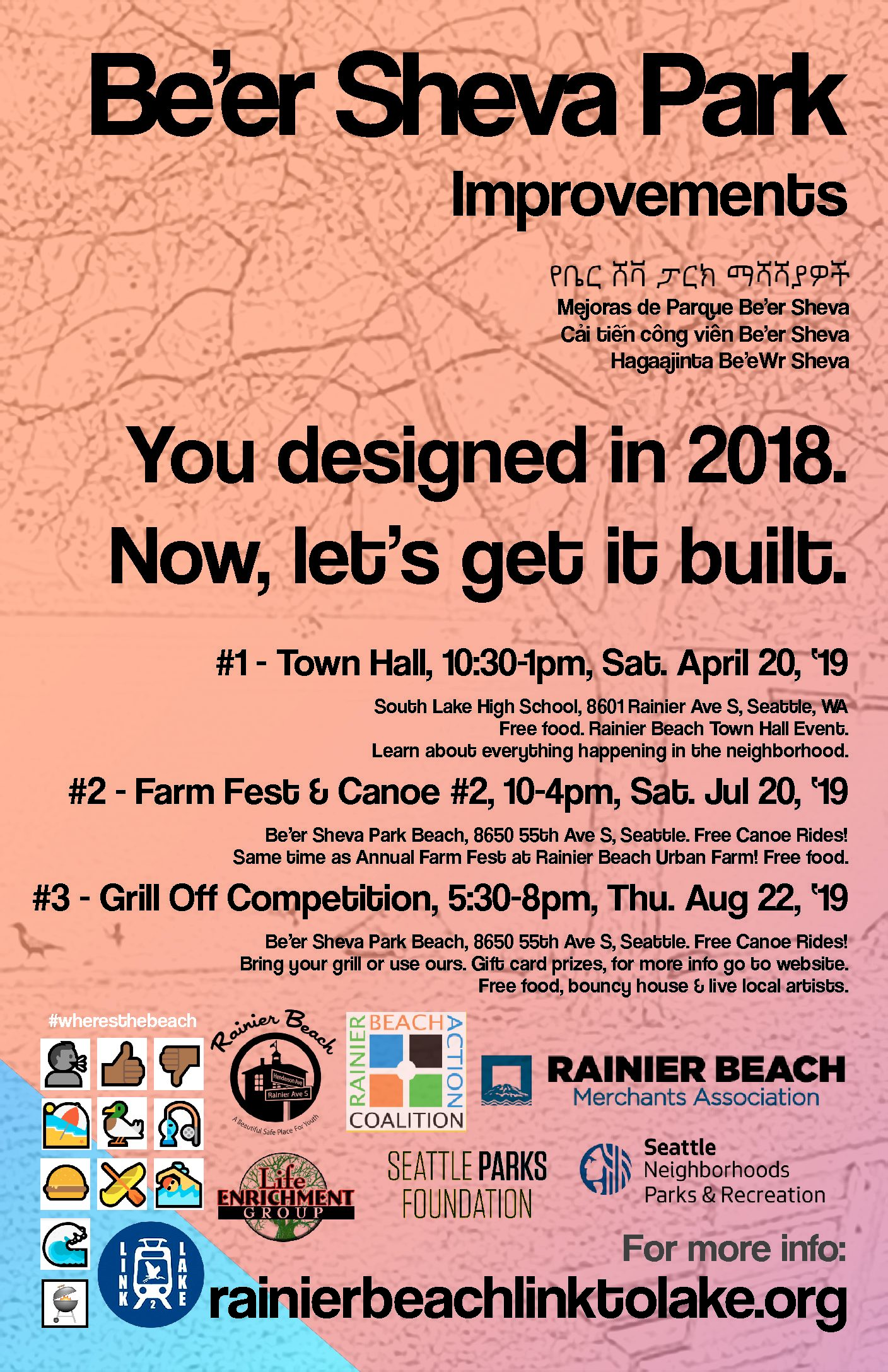“Listening is an attitude of the heart, a genuine desire to be with another which both attracts and heals.” L. J. Isham
There is a difference between believing in and practicing Restorative and Transformative Justice. Our Rainier Beach community has been elevating restorative practices for at least the last 6 years – whether through WA-BLOC’s implementation at RBHS and Emerson elementary, community members like Afam Ayika who teach and train, or RBAC’s Corner Greeters and consistent Community Healing Spaces. For me, it has been an honor to learn and grow with all the amazing young people, community members, and elders who have sowed the seeds of restoration in our community processes. It is necessary now more than ever because the poverty, violence, and oppression that our community faces creates fertile ground for relationships to be strained, both personally and professionally. Because of that, our RBAC Circle Keepers strive to make Restorative Practices normalized and embraced, not just within our community, but also within our organization.
Throughout the months of March and April, RBAC’s Circle Keepers held “department circles” for every branch in the organization– a process that took about a month and a half to coordinate. Our team of 6 held about 8-10 different circles, covering topics like communication, accountability, and leadership. We asked questions about team members’ most responsive form of communication, preferred leadership styles, and if folx knew how to do their timesheets (among other things).
We enjoyed this process because we as a Circle Team got the opportunity to tap in and hear from literally everyone in RBAC. It was apparent that there is a consistent vibe within our organization: that people want to be restorative when expectations are not met, that people appreciate circle practice as a way to hear/share ideas, and that everyone has differences when it comes to the type of leadership they want to embody or engage with. We were explicit that these were not “conflict resolution” circles, but rather a chance for community building with professional and workplace application. We took notes and sent them to the leads of each group for synthesis, and as a Circle team we conducted our own debrief to identify ways that our own group could also improve. I am sure this will not be the last time we do this for our organization. I also expect this experience to expand the restorative and transformative values that RBAC not only believes but also puts into practice.
-JGD, RBAC Circle Keepers
